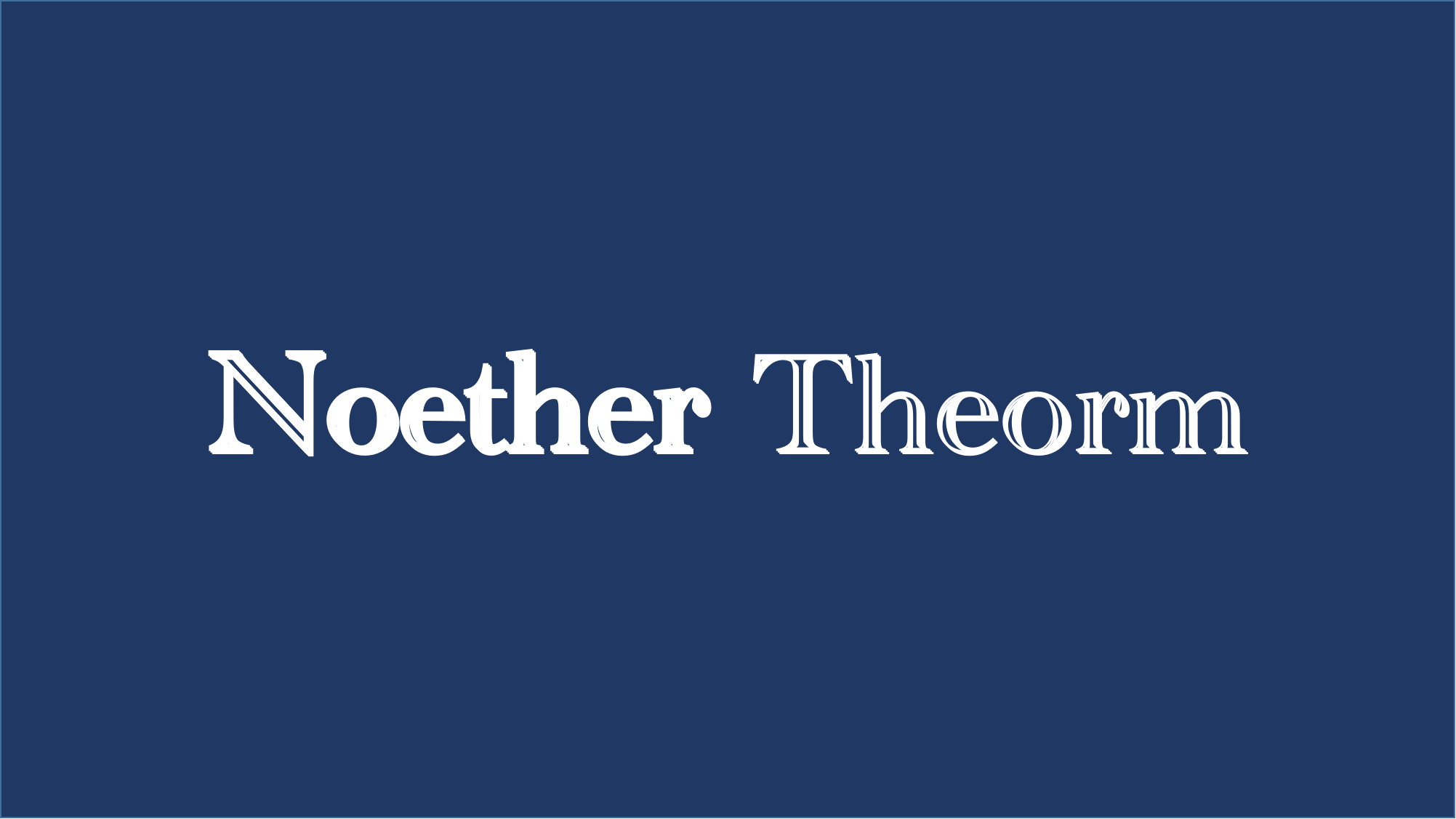An Introduction to Motility-Induced Phase Separation
摘要
活化物质包括自泳胶粒和微生物两类。由于能量的不断耗散,它们并不遵守热力学平衡定律,也不服从玻尔兹曼分布,并且会在移动较慢的地方积聚。并且生物化学以及空间位阻也会使得它们在密度较大的地方减速。这种正反馈将最终导致高密度相和低密度相的动力诱导相分离 (MIPS) 。在一阶微分的意义下,这种活化的自推进粒子和非活化、但是相互吸引的粒子之间存在着对应关系,在计算机模拟中也被证实和平衡态的非活化物质有深层次的联系。
但在更高阶微分意义下,这种对应关系将不再适用——新的非平衡现象涌现了出来。本文将聚焦于理论模型、计算机模拟与实验验证三个方面,有选择性地概述了飞速发展中的 MIPS 领域。
关键字:自泳粒子,自泳胶体,细菌,相分离,运动性,活性布朗粒子
Abstract
Active matter, including self-phorestic synthetic colloids and micro-organisms, consume energy continuously thus allowing it self to bypass the laws of equilibrium thermodynamics and Boltzmann distribution. It is observed that self-propelled particles aggregate where they move more slowly, and may also slow down under higher density for either biochemical or steric facts, which creates positive feedback that leads to motility-induced phase separation (MIPS) between dense and dilute fluid phases. At leading order in gradients, there are some relations between the variable-speed, self-propelled particles and passive particles with attractions, which is confirmed by computational simulations.
However, as new phenomenology emerging without equilibrium conterparts, this deep link breaks down at highter order of gradients. Aimming on theory, simulation and experimental justification, this review gives a selective overview of this fast-developing field of MIPS.
Keywords: self-propelled particles,self-phoretic colloids, bacteria, phase separation, motility, active Brownian particles
引言
“活化物质”是一种非平衡系统,它的能量在微观尺度下不断耗散,同时系统的每一部分都在进行着不可逆的运动。这要求组成系统的每一个“粒子”具有自驱动的能力,比如自然界中的鸟群与鱼群、细胞中的肌动蛋白微丝以及细胞微管或者人工合成的自泳胶体[3,24]等等。虽然这些领域都有各自独特的研究成果,但对这一类非平衡系统的普适性研究正愈发引起人们的关注——活化粒子和处于平衡态的粒子受到的作用力相似,人们自然期望这样的非平衡系统在常见的热力学理论框架下能有一套独特的表述形式。
由活化物质组成的热力学系统具有许多新的行为,比如动力学手性 (dynamic chirality) [7-10] 极化集群 (polar swarms) [11-14] 和涡旋 (collective vortex) [13-16] 等非平衡现象。又如,当某种细菌的局部浓度超过了特定上限,将会聚集在在水体表面形成生物膜——这在平衡系统中是不会发生的。所以对均匀分散的系统如何演化为非均匀的系统的研究将会为人们理解细菌的群体行为提供全新的视角。此外,复合新材料以及软物质等领域的许多方面都和活性物质系统有关。
在活性物质的研究领域中,最令人瞩目的是动力诱导下具有不同密度两相的分离 (MIPS)。非活性粒子的相分离来源于粒子间的吸引作用抵抗了混合熵的增加。但活性粒子的相分离则完全起源于非平衡系统内禀的动力学性质——即使粒子间存在完全的排斥作用,系统仍然会向类似气液相分离的方向演化,这对于非活性物质来说几乎是不可能的 [4,5] 。当活性粒子的速度随局部浓度的增加而下降到一定程度时,均匀分布将会愈发不稳定,从而形成稀薄相与稠密相的分离,其中稠密相的整体速度较为缓慢,使得它的运动与熔岩灯中发光蜡非常相似[3]。
由于相关文献纷繁冗杂,本文将关注其中最重要的方面,从相分离的动力学起源出发,阐明相互作用对活化粒子的影响。我们将特别讨论活性粒子的运动模式及其微观粒子模型,并概述这一领域在分子模拟和实验验证两方面的进展。
总结与展望
本文聚焦于活性物质最引人瞩目的 MIPS 现象,较为详细地概述了这一领域以 RTP 粒子和 ABP 粒子为基础的 QSAP、 ABP 以及 AOUP 微观动力学模型。在此基础上,本文从计算模拟和实验验证两方面分别介绍了对应的工作。
计算模拟方面,人们发现粒子的惯性会对 MIPS 产生抑制作用,它和动力学诱导的相分离相互对抗而达到平衡,从而能够决定系统是否会向 MIPS 发展,并认为惯性的存在将无惯性条件下的连续相变转化为非连续相变,并不经历常见的旋节线分解以及晶体的粗化过程。
实验验证方面,科学家在重力场下以合成的自泳胶体为实验对象,通过一定的数字化手段追踪 MIPS 粒子的行为,发现粒子聚集体的尺寸和过氧化氢的浓度呈现反直觉的正相关线性关系。文章认为,这是由于制备的自泳胶体特别的推进原理能够在粒子周围的浓度梯度导致的,并认为这一实验结果与细菌在化学诱导下的化学感应模型非常相似。
然而,目前人们提出的许多 MIPS 模型虽然在分子动力学模拟方面取得了丰厚的成果,但是大多尚未通过实验手段证实。显然,如果 MIPS 现象只能存在于计算机的数字运算中,那对于实际存在的问题而言是没有太大帮助的。并且现存的许多理论模型更无法解释在实验中观察到的丰富的非平衡现象。
所以对于 MIPS 的研究应当在理论突破和实验验证方面同时进行,从目前浩如烟海的模拟与实验数据中建立一个更加合适的模型,并通过实验来证明这一猜测——在文献查阅的过程中,尚未发现使用 AI 以及机器学习算法来学习预测 MIPS 的分子动力学,也许这是目前 MIPS 领域的一个突破口。
参考文献
[1] Holger Stark. Artificial chemotaxis of self-phoretic active colloids: Collective behavior. Accounts of Chemical Research, 51(11):2681–2688, 2018.
[2] Matthias Schmidt. Power functional theory for many-body dynamics. Reviews of Modern Physics, 94(1), 2022.
[3] Michael E. Cates and Julien Tailleur. Motility-Induced Phase Separation, volume 6 of Annual Review of Condensed Matter Physics, pages 219–244. 2015.
[4] M. Cristina Marchetti, Yaouen Fily, Silke Henkes, Adam Patch, and David Yllanes. Minimal model of active colloids highlights the role of mechanical interactions in controlling the emergent behavior of active matter. Current Opinion in Colloid & Interface Science, 21:34–43, 2016.
[5] Zhan Ma, Mingcheng Yang, and Ran Ni. Dynamic assembly of active colloids: Theory and simulation. Advanced Theory and Simulations, 3(8), 2020.
[6] Yulei Fu, Hengao Yu, Xinli Zhang, Paolo Malgaretti, Vimal Kishore, and Wendong Wang. Microscopic swarms: From active matter physics to biomedical and environmental applications. Micromachines, 13(2), 2022.
[7] Ingmar H. Riedel, Karsten Kruse, and Jonathon Howard. A self-organized vortex array of hydrodynamically entrained sperm cells. Science, 309(5732):300–303, 2005.
[8] DiLuzi W.and Turner L.and Mayer and M. Escherichia coli swim on the right-hand side. Nature, 435(1271-1274), 2005.
[9] Felix Kümmel, Borge ten Hagen, Raphael Wittkowski, Ivo Buttinoni, Ralf Eichhorn, Giovanni Volpe, Hartmut Löwen, and Clemens Bechinger. Circular motion of asymmetric self-propelling particles. Phys. Rev. Lett., 110:198302, May 2013.
[10] Jie Su, Huijun Jiang, and Zhonghuai Hou. Disordered hyperuniform obstacles enhance sorting of dynamically chiral microswimmers. Soft Matter, 15:6830–6835, 2019.
[11] Bricard, Caussin, and Desreumaux. Emergence of macroscopic directed motion in populations of motile colloids. Nature, 503(95-98), 2013.
[12] Yongliang Gou, Huijun Jiang, and Zhonghuai Hou. Emergent swarming states in active particles system with opposite anisotropic interactions. Chinese Journal of Chemical Physics, 33(717), 2020.
[13] Yan J.and Han M.and Zhang J. Reconfiguring active particles by electrostatic imbalance. Nature Mater, 15(1095-1099), 2016.
[14] Hamid Karani, Gerardo E. Pradillo, and Petia M. Vlahovska. Tuning the random walk of active colloids: From individual run-and-tumble to dynamic clustering. Phys. Rev. Lett., 123:208002, Nov 2019.
[15] Sumino Y.and Nagai K.and Shitaka Y. Large-scale vortex lattice emerging from collectively moving microtubules. Nature, 483(448-452), 2012.
[16] Jiang Huijun, Huai Ding, Mingfeng Pu, and Zhonghuai Hou. Emergence of collective dynamical chirality for achiral active particles. Soft Matter, 13:836–841, 2017.
[17] Antonio Celani, Stefano Bo, Ralf Eichhorn, and Erik Aurell. Anomalous thermodynamics at the microscale. Phys. Rev. Lett., 109:260603, Dec 2012.
[18] Suraj Shankar and M. Cristina Marchetti. Hidden entropy production and work fluctuations in an ideal active gas. Phys. Rev. E, 98:020604, Aug 2018.
[19] Emanuele Crosato, Mikhail Prokopenko, and Richard E. Spinney. Irreversibility and emergent structure in active matter. Phys. Rev. E, 100:042613, Oct 2019.
[20] Michael E. Cates and Julien Tailleur. Motility-induced phase separation. Annual Review of Condensed Matter Physics, 6(1):219–244, 2015.
[21] Suvendu Mandal, Benno Liebchen, and Hartmut Löwen. Motility-induced temperature difference in coexisting phases. Phys. Rev. Lett., 123:228001, Nov 2019.
[22] Hartmut Löwen. Inertial effects of self-propelled particles: From active brownian to active langevin motion. J. Chem. Phys., 152(040901), 2020.
[23] Joakim Stenhammar. An introduction to motility-induced phase separation. 12 2021.
[24] I. Theurkauff, C. Cottin-Bizonne, J. Palacci, C. Ybert, and L. Bocquet. Dynamic clustering in active colloidal suspensions with chemical signaling. Phys.Rev.Lett., 108(26), 2012.
[25] J. Su, H. J. Jiang, and Z. H. Hou. Inertia-induced nucleation-like motility-induced phase separation. New Journal of Physics, 23(1):8, 2021.
[26] DanV. Goia and Egon Matijevi. Tailoring the particle size of monodispersed colloidal gold. Colloids and Surfaces A: Physicochemical and Engineering Aspects, 146(1):139–152, 1999.
[27] Julian Bialké , Thomas Speck, and Hartmut Löwen. Crystallization in a dense suspension of self-propelled particles. Physical Review Letters, 108(16), apr 2012.
[28] H. Budrene, E.and Berg. Dynamics of formation of symmetrical patterns by chemotactic bacteria. Nature, 376(49-53), 1995.
[29] J. Saragosti, V. Calvez, N. Bournaveas, B. Perthame, A. Buguin, and P. Silberzan. Directional persistence of chemotactic bacteria in a traveling concentration wave. Proceedings of the National Academy of Sciences, 108(39):16235–16240, 2011.
[30] Evelyn F. Keller and Lee A. Segel. Initiation of slime mold aggregation viewed as an instability. Journal of Theoretical Biology, 26(3):399–415, 1970.
[31] Michael P. Brenner, Leonid S. Levitov, and Elena O. Budrene. Physical mechanisms for chemotactic pattern formation by bacteria. Biophysical Journal, 74(4):1677–1693, 1998.




